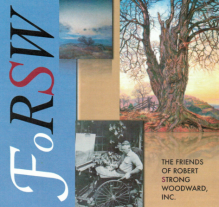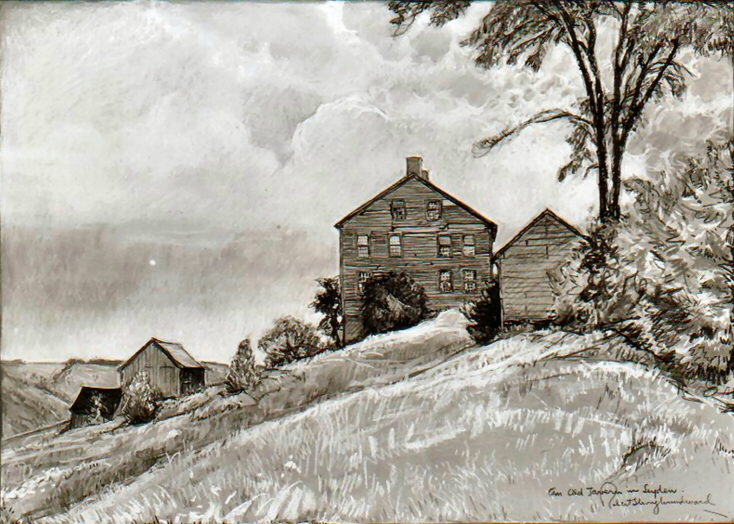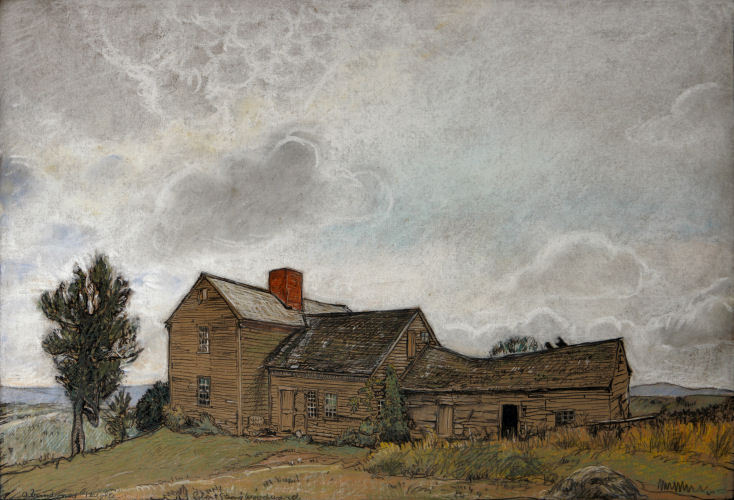Quick Reference
c. 1930
Town of Leyden, MA
Pastel on Board
Landscape
Buildings
22" x 29"
Unknown
Unknown
N/A
Featured Artwork: An Old Tavern in Leyden
RSW's Diary Comments
Woodward did not keep records of the pastels he called "chalk drawings."
Editor's Note:
The fact that we have a really good black and white image of this pastel suggest to us
that it exhibited somewhere. We just do not know where or when. One theory is that is was sent to the
Watercolor Society's annual exhibition or the Salmagundi Club, both organizations are in New York City.
We do not have a lot of information as to how often he sent paintings there.
As far as dating
the pastel, our guess is between 1928 and 1932. Our reasons are because the "sketchy" style, where he
did not color in the whole scene and leaving the brown board exposed are only found between these years
and did made a number of paintings in Leyden beginning in the early 1930s. MORE BELOW ⮟
Additional Notes
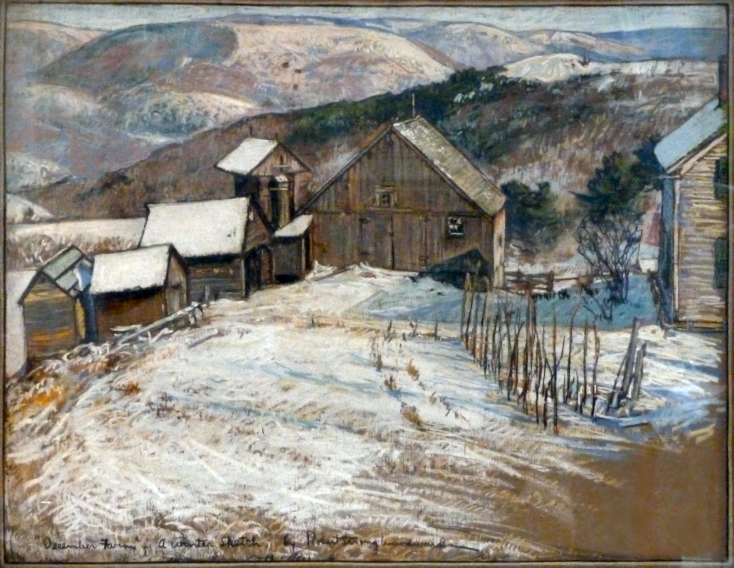
 December Farm; A Winter Sketch, c. 1929
December Farm; A Winter Sketch, c. 1929
An example of the "sketch-like" pastel
We have also learned that Woodward did not paint in oil very much between late 1928 through much of 1930 because he was experiencing difficulty controlling his hands due to neuropathy. Neuropathy is weakness, numbness, and pain from nerve damage, usually in the hands and feet. the leading cause is diabetes, however, but it can also result from injuries, infections, and exposure to toxins. Given his general state and his need to use his hands so much to work and get around, this is understandable. Neuropathy would ultimately force him to retire in 1952.
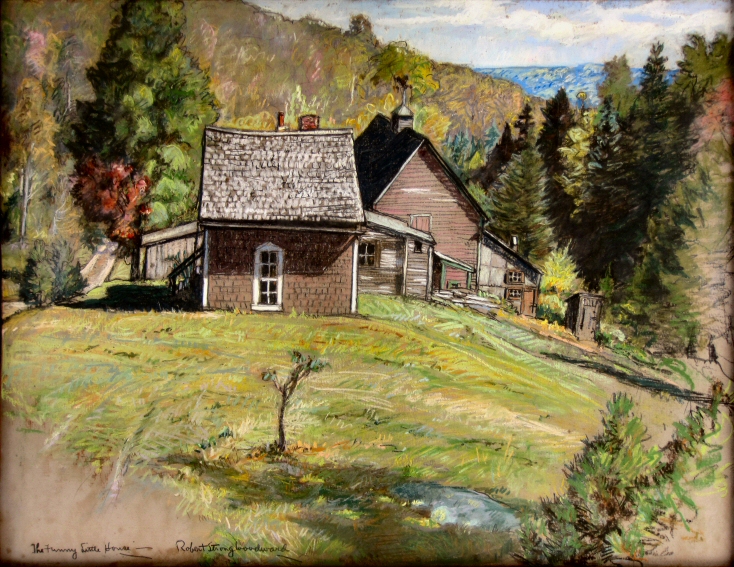
 Funny Little House, c. 1931
Funny Little House, c. 1931
Another example of the "sketch-like" pastel
The late 1920s became the years of the pastel. Between 1928 and 1929, Woodward made a hundred and ten known pastels to just thirty-four oil canvases. He even held a special "pastels-only" exhibit in 1929 at the Pynchon Gallery in Springfield, MA. We believe it was to give himself some income but also to see if he could survive just on the pastels in case he could never painting again. The threat to his only source of income must have been a scary time for the artist. He would bounce back making in 1930 having as many as 89 paintings, 49 oils and 39 pastels, exhibiting through the first six months of 1931; the most of his career.

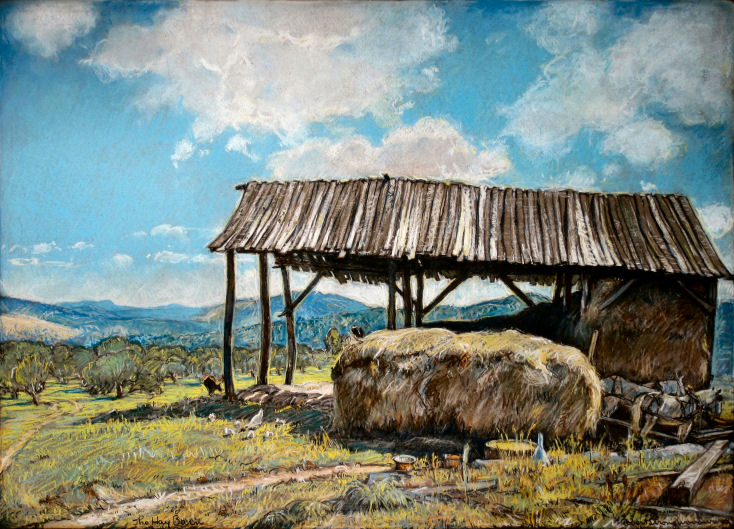
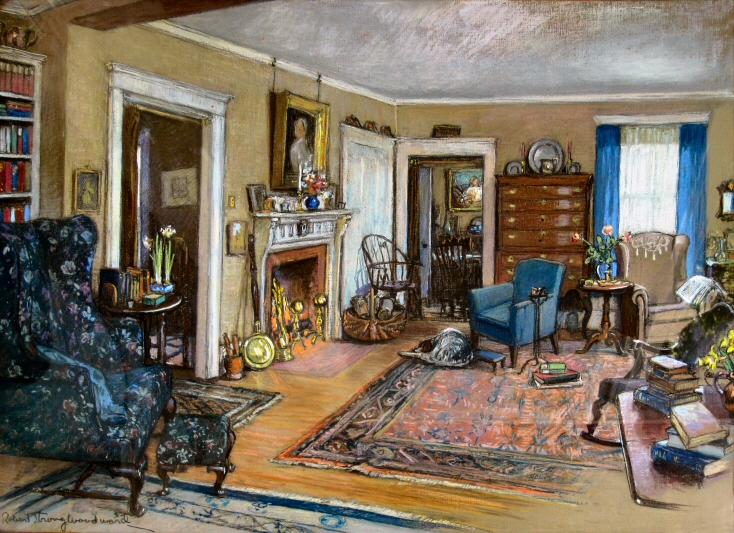
.png)
